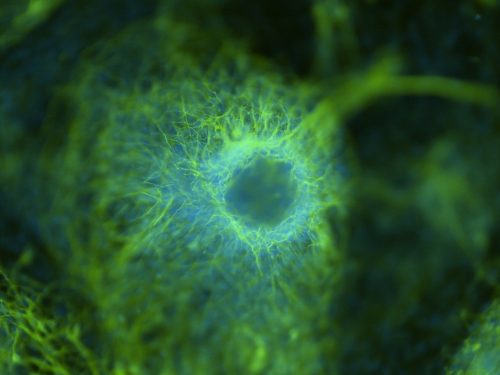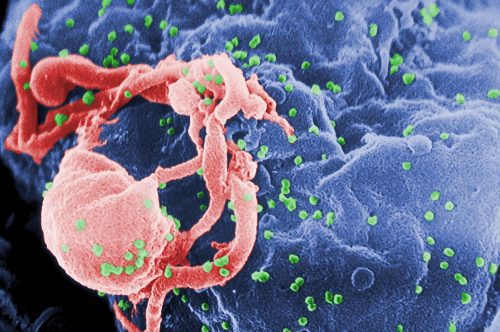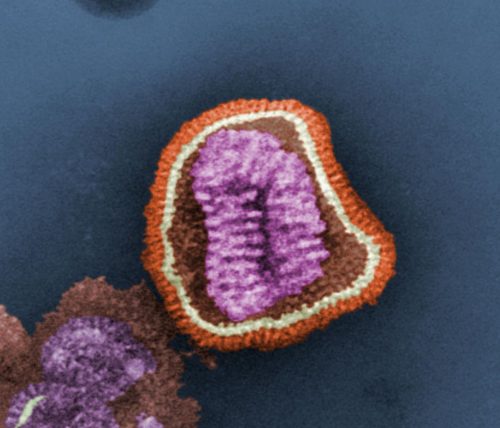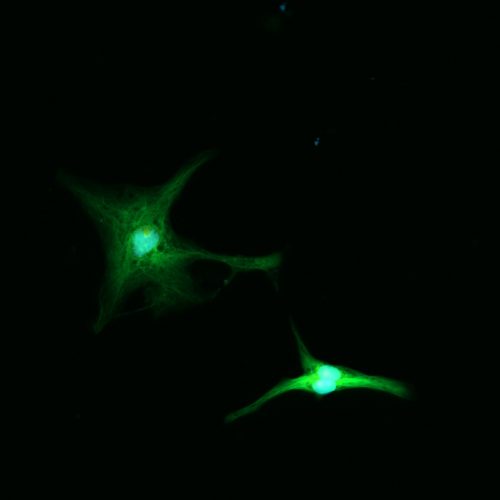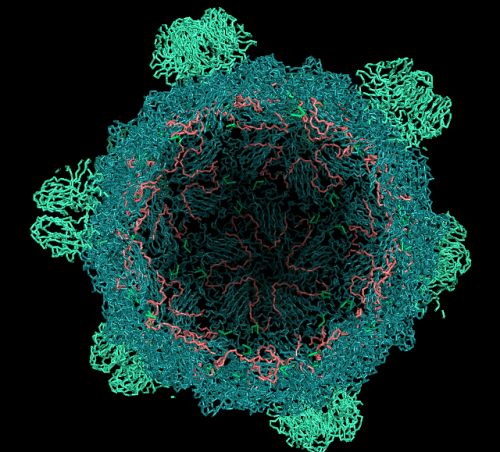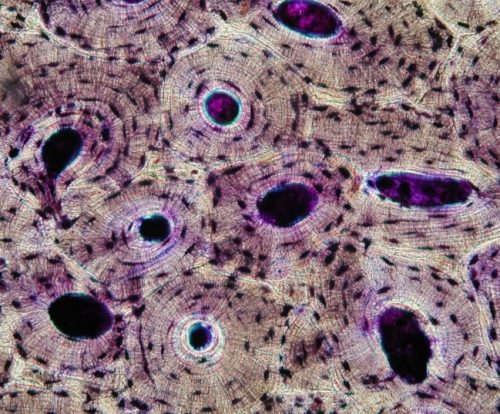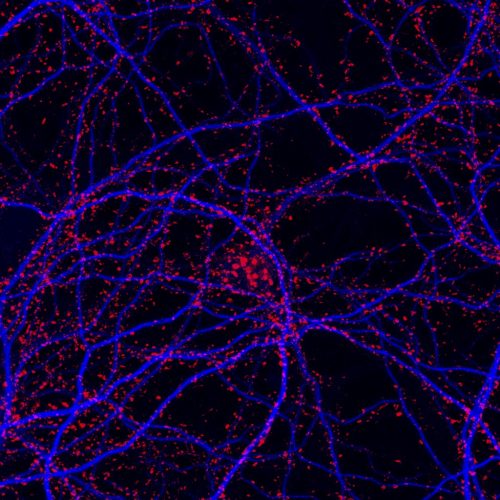
There are a number of errors that can happen when an organism develops from an embryo to an adult. A single missing cell or a cell out of place can have catastrophic results for the matured individual. Even a slightly altered rate of cell division at such an early stage is more likely to cause […]

